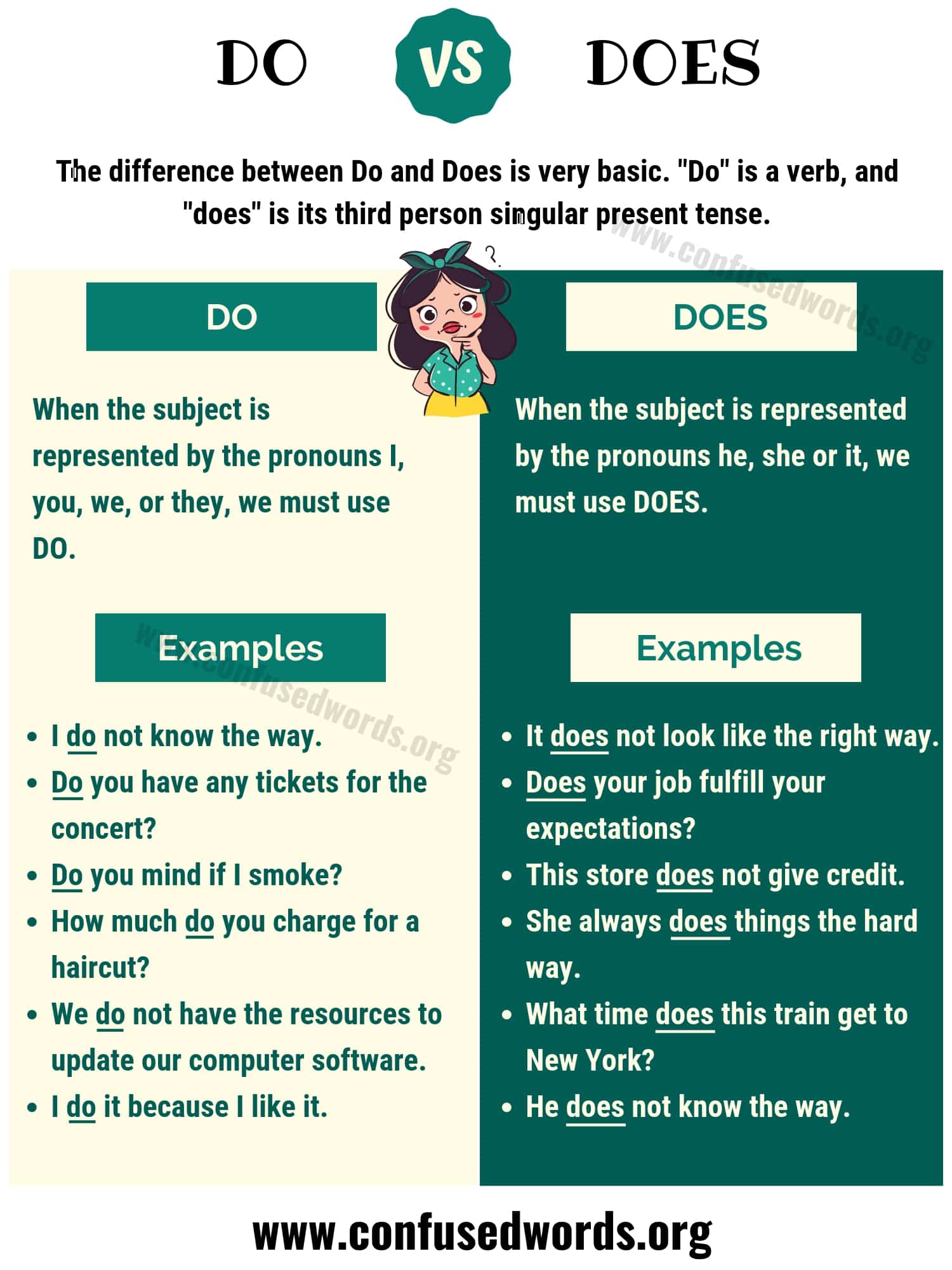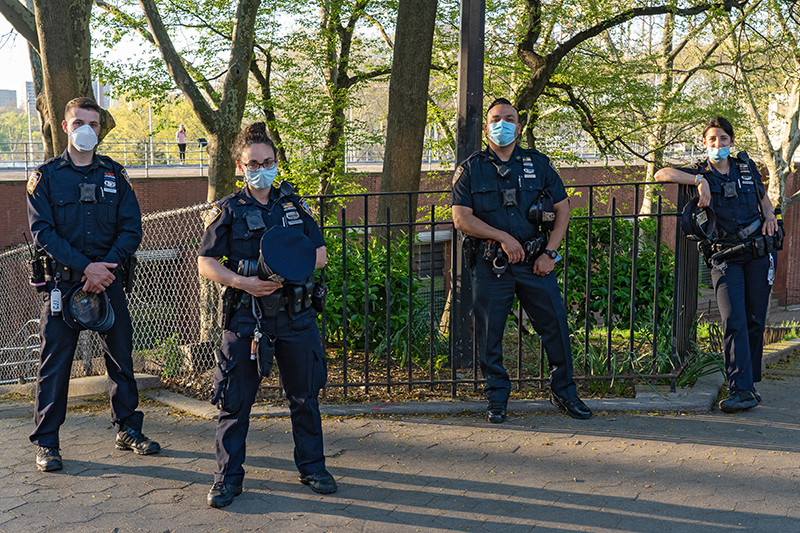Understanding the Risks: Why Pets Should Not Be Allowed in School Settings
Introduction
Bringing pets into school environments is a topic that often stirs passionate debate. While some believe that animals can offer comfort and learning opportunities, there are significant concerns regarding the health, safety, and educational impact of having pets in schools. This article explores the reasons why pets are typically not allowed in schools, providing insight into the risks, real-world examples, and actionable guidance for educators and families seeking the benefits of animal interaction in safer, more appropriate ways.
Health Concerns: Allergies and Disease Transmission
One of the most pressing reasons pets are not permitted in schools is the risk they pose to student and staff health, particularly with regard to allergies. According to medical research, pet dander is a common trigger for allergies and asthma, affecting millions of children in the United States alone. Exposure can lead to symptoms ranging from sneezing and watery eyes to severe respiratory distress or even anaphylactic shock in rare cases. These reactions can result in increased absenteeism, decreased classroom performance, and, in severe instances, emergency medical situations [1] [3] .
Beyond allergies, pets can also carry germs and parasites, raising concerns about disease transmission. For example, reptiles are known carriers of salmonella, which can cause serious illness if transmitted to children. The Centers for Disease Control and Prevention (CDC) has issued warnings about the risks of keeping certain animals in environments with young children for this reason. Teachers and administrators are often untrained in detecting or managing these risks, increasing the likelihood of accidental exposure and outbreaks.
Safety Risks: Unpredictable Behavior and Liability
Even the most docile pets can behave unpredictably in a bustling classroom. Loud noises, unfamiliar faces, or rough handling can trigger stress and defensive reactions in animals. There have been documented instances of bites, scratches, or even more severe incidents resulting from pets in schools. Such events put students at risk and may expose schools to liability for injuries or trauma sustained on campus [3] . The legal implications are significant: schools can face lawsuits if animals injure students or staff, and insurance policies may not cover incidents involving non-service animals.
Additionally, not all students are comfortable around animals. For children with a fear of pets, the presence of an animal can cause significant distress, further detracting from their sense of security and ability to participate in school activities.
Distraction and Impact on Learning
Classrooms are designed to be focused learning environments, but the presence of pets can easily disrupt this balance. Animals require care, attention, and management, drawing time and focus away from instructional activities. Teachers may find themselves distracted by the need to monitor animal welfare, clean cages, or mediate student interactions with pets. For some students, pets become a source of constant distraction, making it difficult to concentrate on coursework or follow lessons [3] .

Source: emergingrnleader.com
In addition, pets may not always be cared for properly during weekends or school breaks, leading to neglect or distress for the animal. This not only raises ethical concerns but can also impact the morale of students who become attached to classroom pets, particularly if an animal becomes ill or dies in their absence.

Source: redbubble.com
Emotional and Ethical Considerations
While pets can offer emotional comfort, they can also be a source of distress. The loss or illness of a classroom pet can be traumatic for young students. Children may not fully understand the permanence of death, leading to confusion or emotional withdrawal. There have been cases where a student blamed for a pet’s death suffered social or emotional consequences, further complicating the school environment [1] .
Animal welfare advocates also argue that schools rarely have the resources to meet the complex needs of pets. Animals kept in classrooms may experience stress, lack of proper care, or inadequate habitat conditions. For example, nocturnal animals are often forced to remain active during the day, and prey animals may feel constantly threatened by handling or noise. These situations can lead to suffering, illness, or premature death for the animals involved [2] .
Legal and Policy Considerations
Schools operate under strict legal frameworks, and many districts have explicit policies banning non-service animals. The Americans with Disabilities Act (ADA) requires schools to allow service animals for students with disabilities, but this is a distinct category governed by specific regulations. For all other pets, schools must balance the needs of individual students with the health and safety of the broader community. Most districts opt for a blanket ban to minimize risk, avoid liability, and ensure compliance with health codes and insurance requirements [5] .
Educators and parents interested in animal interaction for educational purposes are encouraged to consult their district’s official policies or contact their local school board for guidance. In many cases, exceptions are made only for well-documented service animals or for tightly controlled, short-term educational programs with strict oversight.
Alternative Approaches: Safe and Ethical Animal Interaction
For those who value the educational benefits of animal interaction, several safer alternatives exist. Virtual animal programs, farm visits, and partnerships with local animal shelters can offer students exposure to animals without the associated risks. Many animal welfare organizations provide age-appropriate educational resources and live-streamed animal experiences that can be integrated into classroom activities.
Educators may also invite trained professionals to conduct supervised animal demonstrations, ensuring that all participants are briefed on safety and hygiene protocols. It is essential to obtain parental consent and to screen for allergies or phobias before any animal-related event. For ongoing interaction, after-school clubs or community programs are often better equipped to provide safe, ethical animal experiences outside the classroom setting.
If you wish to learn more about your district’s specific policy, you can contact the main office or search your school district’s website for “animal policy” or “classroom pet policy.” For nationwide guidelines, consult the Centers for Disease Control and Prevention (CDC) by searching for “animals in schools CDC” on their official website.
Practical Steps for Schools and Parents
If your school is considering allowing pets, follow these steps to mitigate risks and ensure ethical treatment:
- Conduct a comprehensive health and allergy survey among students and staff before introducing any pet.
- Consult with medical professionals regarding the risks of allergen and disease transmission.
- Review district and state policies regarding animals on campus, and obtain legal counsel if necessary.
- Ensure any animal brought to school is sourced from a reputable organization, with documentation of health and vaccination status.
- Plan for the animal’s care during school breaks or emergencies, and assign clear, trained caretakers responsible for its welfare.
- Provide thorough educational materials to students regarding animal behavior, safety, and hygiene.
- Obtain written parental consent and provide opt-out alternatives for students with allergies, phobias, or personal objections.
Ultimately, the safest and most effective approach is to seek animal interaction opportunities outside the standard classroom environment, where risks can be better managed and animal welfare assured.
Conclusion
While pets can enrich lives and provide emotional support, the risks and challenges associated with bringing them into school settings are significant. Health concerns, safety hazards, legal liability, and ethical issues all contribute to the widespread policies against classroom pets. By exploring alternative methods for educational animal encounters and adhering to well-established safety protocols, schools can ensure that students benefit from animal interaction without compromising health, safety, or learning outcomes.
References
- [1] Cram.com (n.d.). Explain Why Pets Should Not Be Allowed In The Classroom. Case study on allergies, emotional impacts, and legal risks.
- [2] PETA TeachKind (2023). What’s the Problem With Classroom ‘Pets’? Animal welfare and classroom risks.
- [3] Learning and Yearning (2025). Why Should Pets Not Be Allowed In School. Overview of health, safety, and distraction concerns.
- [4] Wrightslaw (2020). Can the School Refuse to Allow a Service Dog? Policy and legal distinctions between service animals and pets.
MORE FROM 9scholarships.de













